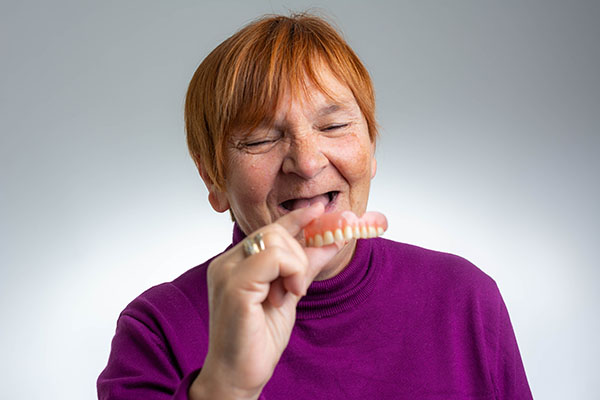 Dental bonding provides patients with a non-invasive way to repair a myriad of issues that affect their teeth. The procedure can be performed for restorative or cosmetic purposes. It typically does not require the use of anesthetics or multiple visits to a dentist.
Dental bonding provides patients with a non-invasive way to repair a myriad of issues that affect their teeth. The procedure can be performed for restorative or cosmetic purposes. It typically does not require the use of anesthetics or multiple visits to a dentist.
Unlike crowns and veneers, which typically require shaving enamel off the tooth being treated, restoring teeth with composites does not require making any alterations to the tooth’s enamel.
Fixing a tooth with dental bonding involves using resins made from plastics and glass to rebuild and repair issues with damaged teeth. The putty-like composite is usually applied to the tooth directly and hardened with a curing light. It can also be applied indirectly, meaning the composite is made outside of the patient’s mouth and cemented to the damaged tooth.
Popular dental bonding treatments used in dentistry
Let us take a look at some of the popular ways composite bonding is used to repair and restore teeth:
1. Tooth decay treatment
Composite bonding is now one of the popular methods used to repair teeth that have been damaged by decay. It is used as a substitute for fillings since it can be color-matched with the patient’s teeth. Composite bonding as a treatment for tooth decay is one of the few times anesthetics are used during composite bonding. The anesthetic numbs the tooth being worked on so the person does not feel a thing as the dentist works.
Decayed material is removed, and the composite is pasted on the tooth to close up any cavities. The composite can also be used to fix structural damage caused by tooth decay.
2. Discolored teeth treatments
Some people only have one or more discolored teeth, so it does not make much sense for them to get teeth whitening treatments for all of their teeth. Others have issues like tooth decay that can lead to discoloration that whitening treatments will not be able to eliminate. These types of aesthetic issues can be fixed by using a composite to cover up all the stains and discoloration on the tooth so the repaired tooth is as white as the rest of the patient’s teeth.
3. Broken, fractured, and chipped teeth
Composite bonding can be used to fix mild to moderately chipped teeth. Depending on the severity of the damage to the patient’s teeth, the dentist might perform a root canal before rebuilding the tooth with a composite.
The pulp chamber contains a tooth’s nerves and blood vessels, and damage that leaves it open puts a tooth at risk of infection. A root canal is performed to remove the soft tissues in the tooth – which are no longer needed once a tooth has fully erupted. The dentist seals the pulp chamber up with gutta-percha after cleaning it out. Dental bonding can then be used to rebuild the tooth.
Fix damaged teeth with composite bonding
Composite bonding can help to put your dental issues behind you. Call or stop by our Albuquerque clinic to set up a consultation with our dentist.
Request an appointment or call Roderick A. Garcia, DMD PC at 505-634-5029 for an appointment in our Albuquerque office.
Recent Posts
Dental bonding is not a permanent solution. This is in contrast to dental veneers, which are considered a permanent solution and are used for similar reasons as dental bonding. However, dental bonding can last for several years if the teeth are cared for properly.The following discussion highlights what the dental bonding procedure involves and why…
Different restorative dental procedures like dental bonding are available to help people achieve a safe and appealing smile. Dental bonding is a highly efficient and relatively simple dental procedure. The process uses unique composite resins to enhance the appearance of a person's smile, and the dentist can complete the procedure in only one appointment.Dental bonding,…
Dental bonding can fix minor to moderate concerns with teeth, such as chips, cracks, worn-down enamel, and more. Read on to learn more about dental bonding and its uses. It is helpful to understand how dental bonding can benefit your oral health to determine if treatment is right for you or if another form of…


